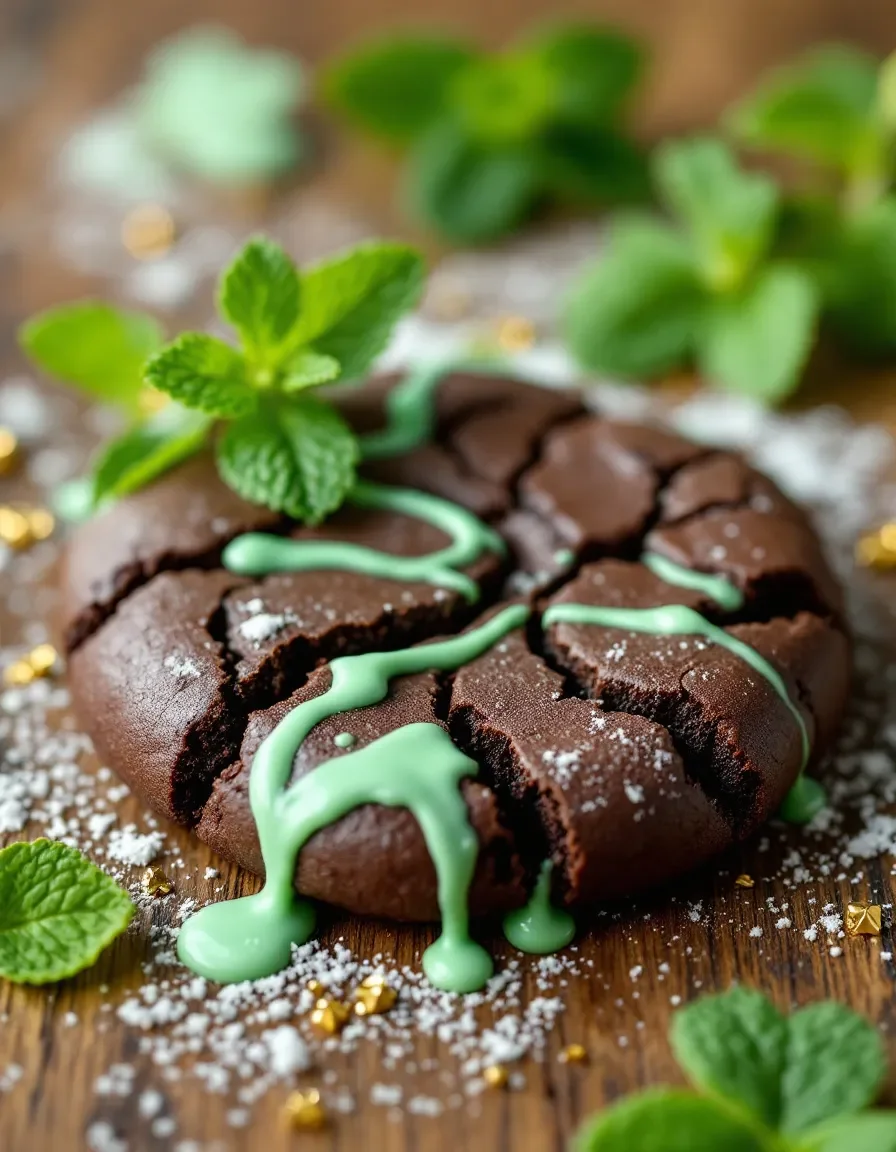Homemade Lemon Curd: A Zesty, Velvety Delight
There’s something magical about homemade lemon curd. Its vibrant yellow hue, tangy-sweet flavor, and silky-smooth texture make it a versatile treat that can elevate everything from breakfast pastries to decadent desserts. Whether you’re spreading it on toast, filling a tart, or dolloping it onto scones, this lemon curd recipe is a must-try for any home cook.
This recipe is perfect for those who love a balance of tart and sweet. Made with fresh lemons, sugar, eggs, and butter, it’s a simple yet luxurious addition to your culinary repertoire. Plus, it’s surprisingly easy to make, requiring just a few basic ingredients and minimal effort. Let’s dive into the world of lemon curd and discover why this zesty delight deserves a spot in your kitchen.
Quick Recipe Highlights
- Flavor Profile: A perfect balance of tangy lemon and sweet sugar, with a rich, buttery undertone.
- Texture: Smooth and velvety, with a luxurious mouthfeel that melts on your tongue.
- Aroma: Bright and citrusy, with a fresh lemon scent that’s both uplifting and comforting.
- Visual Appeal: A vibrant, sunny yellow color that adds a pop of brightness to any dish.
- Skill Level Needed: Beginner-friendly, with simple techniques and minimal equipment required.
- Special Equipment: A whisk, saucepan, and fine-mesh sieve are all you need to achieve perfection.
Recipe Overview
- Difficulty Level: This lemon curd recipe is easy to make, even for beginners. The process involves whisking ingredients over gentle heat and straining for a smooth finish.
- Category: Dessert, condiment, or breakfast spread.
- Cuisine: British-inspired, with a modern twist.
- Cost: Budget-friendly, using pantry staples like eggs, sugar, and butter.
- Season: Perfect for spring and summer, but can be enjoyed year-round.
- Occasion: Ideal for brunches, afternoon tea, or as a gift for food lovers.
Why You’ll Love This Recipe
This lemon curd recipe is a game-changer for anyone who loves citrus desserts. The bright, tangy flavor of fresh lemons is perfectly balanced with just the right amount of sweetness, creating a versatile spread that can be used in countless ways. Whether you’re topping pancakes, filling cupcakes, or simply enjoying it by the spoonful, this lemon curd is sure to impress.
One of the best things about this recipe is its simplicity. With just a handful of ingredients and minimal prep time, you can whip up a batch of lemon curd in under 30 minutes. It’s also a great way to use up extra lemons, making it both practical and delicious.
Nutritionally, lemon curd offers a dose of vitamin C from the fresh lemons, along with the richness of eggs and butter. While it’s a treat best enjoyed in moderation, it’s a delightful way to add a burst of flavor to your meals.
From a social perspective, homemade lemon curd is a crowd-pleaser. It’s perfect for sharing at gatherings, gifting to friends, or simply enjoying with your family. Its vibrant color and refreshing taste make it a standout addition to any table.
Finally, this recipe is cost-effective and accessible. The ingredients are affordable and easy to find, making it a great option for anyone looking to create something special without breaking the bank.
Historical Background and Cultural Significance
Lemon curd has its roots in British cuisine, where it was traditionally served as a spread for scones and toast during afternoon tea. The earliest versions of lemon curd date back to the 19th century, when it was made with lemon juice, sugar, and eggs, and often used as a filling for tarts and cakes.
Over time, lemon curd gained popularity beyond the UK, becoming a beloved ingredient in desserts worldwide. Its bright, tangy flavor and creamy texture make it a versatile addition to both sweet and savory dishes.
Today, lemon curd is enjoyed in various forms, from classic recipes to modern adaptations. It’s a staple in many kitchens, valued for its simplicity and ability to elevate even the simplest of dishes.
Regional variations of lemon curd include additions like lime, orange, or even passionfruit, offering a twist on the traditional recipe. Despite these adaptations, the core elements of lemon curd remain the same: a perfect balance of tartness, sweetness, and richness.
Ingredient Deep Dive
Lemons: Fresh lemons are the star of this recipe, providing the bright, tangy flavor that defines lemon curd. Choose lemons that are firm, heavy, and have a vibrant yellow color. Store them at room temperature for up to a week or in the refrigerator for longer shelf life.
Sugar: Granulated sugar balances the tartness of the lemons, creating a harmonious flavor profile. For a deeper flavor, you can use caster sugar, which dissolves more easily.
Eggs: Eggs act as the thickening agent in lemon curd, giving it its smooth, custard-like texture. Use fresh, room-temperature eggs for the best results.
Butter: Unsalted butter adds richness and a velvety mouthfeel to the curd. Be sure to use high-quality butter for the best flavor.
Common Mistakes to Avoid
- Overheating the mixture, which can cause the eggs to curdle.
- Not straining the curd, resulting in a lumpy texture.
- Using bottled lemon juice instead of fresh, which lacks the bright flavor of real lemons.
- Adding cold butter directly to the hot mixture, which can cause separation.
- Not whisking constantly, leading to uneven cooking.
- Skipping the fine-mesh sieve, which ensures a smooth finish.
- Storing the curd improperly, reducing its shelf life.
- Overcooking, which can make the curd too thick or grainy.
Essential Techniques
Whisking: Constant whisking ensures even cooking and prevents the eggs from curdling. Use a balloon whisk for best results.
Straining: Passing the curd through a fine-mesh sieve removes any lumps, resulting in a silky-smooth texture.
Tempering: Gradually adding the hot lemon mixture to the eggs prevents them from scrambling.
Pro Tips for Perfect Lemon Curd
- Use fresh, high-quality lemons for the best flavor.
- Whisk constantly to prevent the eggs from curdling.
- Strain the curd through a fine-mesh sieve for a smooth finish.
- Add butter gradually, ensuring it melts evenly into the mixture.
- Store the curd in an airtight container in the refrigerator for up to two weeks.
Variations and Adaptations
For a twist on the classic recipe, try using limes or oranges instead of lemons. You can also add a splash of vanilla extract or a pinch of salt to enhance the flavor. For a dairy-free version, substitute the butter with coconut oil.
Serving and Presentation Guide
Serve lemon curd in small jars for a charming presentation, or use it as a filling for tarts, cakes, or pastries. Garnish with fresh berries or a sprig of mint for a pop of color.
Wine and Beverage Pairing
Pair lemon curd with a crisp white wine like Sauvignon Blanc or a sparkling Prosecco. For a non-alcoholic option, try it with iced tea or lemonade.
Storage and Shelf Life
Store lemon curd in an airtight container in the refrigerator for up to two weeks. For longer storage, freeze it in small portions and thaw as needed.
Make Ahead Strategies
Lemon curd can be made up to a week in advance and stored in the refrigerator. It’s perfect for meal prep or entertaining, as it requires no last-minute effort.
Scaling Instructions
This recipe can easily be doubled or halved. Adjust the cooking time slightly if scaling up, and ensure your saucepan is large enough to accommodate the increased volume.
Nutritional Deep Dive
Lemon curd is rich in vitamin C from the fresh lemons, but it’s also high in sugar and fat. Enjoy it in moderation as part of a balanced diet.
Dietary Adaptations
For a vegan version, substitute the eggs with cornstarch and the butter with coconut oil. Use a plant-based sweetener like maple syrup instead of sugar.
Troubleshooting Guide
If your curd is too thin, cook it a bit longer over low heat. If it’s too thick, whisk in a splash of water or lemon juice to thin it out.
Recipe Success Stories
Readers have shared how this lemon curd recipe has become a staple in their kitchens, perfect for everything from breakfast to dessert. Many have experimented with variations, adding their own unique twists to the classic recipe.
Frequently Asked Questions
Can I use bottled lemon juice? Fresh lemon juice is recommended for the best flavor, but bottled juice can be used in a pinch.
How long does lemon curd last? It can be stored in the refrigerator for up to two weeks or frozen for up to three months.
Can I make lemon curd without eggs? Yes, you can use cornstarch as a thickening agent for an egg-free version.
Additional Resources
Explore more citrus-based recipes, like lime curd or orange marmalade, to expand your dessert repertoire. Check out our guide to essential kitchen tools for making the perfect lemon curd.
Join the Conversation
Share your lemon curd creations on social media using #ZestyLemonCurd. We’d love to see how you’re enjoying this recipe!
The Recipe
Homemade Lemon Curd
Serves: 1.5 cups
Prep Time: 10 mins
Cook Time: 15 mins
Total Time: 25 mins
Kitchen Equipment Needed
- Medium saucepan
- Whisk
- Fine-mesh sieve
- Mixing bowl
- Airtight container
Ingredients
- 3 large eggs
- 1 cup granulated sugar
- 1/2 cup fresh lemon juice (about 3-4 lemons)
- Zest of 2 lemons
- 1/2 cup unsalted butter, cubed
Directions
- In a medium saucepan, whisk together the eggs and sugar until smooth.
- Add the lemon juice and zest, whisking to combine.
- Place the saucepan over medium heat, whisking constantly until the mixture thickens (about 10-12 minutes).
- Remove from heat and strain through a fine-mesh sieve into a bowl.
- Gradually whisk in the butter until fully melted and incorporated.
- Transfer the curd to an airtight container and refrigerate until set.
Recipe Notes
- For a smoother curd, strain twice.
- Store in the refrigerator for up to two weeks.






